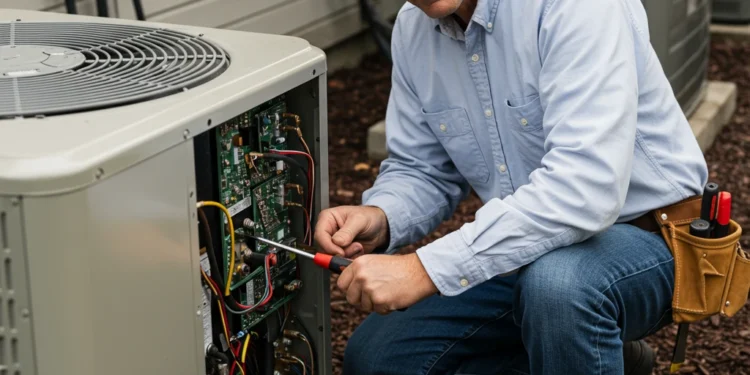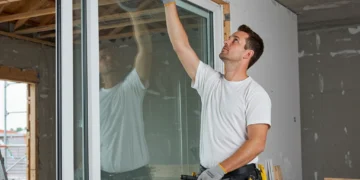An air conditioner is one of those household essentials that often gets overlooked until it stops working properly. When summer temperatures rise in Bradenton and the unit isn’t cooling as expected, the question becomes clear: is it time to repair or replace it?
Some issues may be resolved with a quick fix by opting for professional services for air conditioning Bradenton. In contrast, others point to a more serious problem that requires replacement. Understanding the signs and making the right call can save both money and stress in the long run. So continue reading and find out whether you need to replace or repair your system!
Signs It’s Time to Repair
Not all air conditioning issues require a full system replacement. Many problems can be resolved with minor adjustments or component replacements. Frequent repairable signs include uneven cooling, unusual noises, or thermostat glitches.
A spike in energy bills may also indicate that the unit is struggling. In such cases, fixing leaks, topping off refrigerant, or cleaning coils can restore performance. If the unit is under ten years old and repair costs are reasonable, sticking with it usually makes sense.
When Replacement Makes More Sense
There comes a point where continuing to fix a system becomes a losing game. Units older than 10–15 years often operate at lower efficiency, even with regular maintenance. If the compressor fails or the refrigerant used is outdated and hard to source, the cost of fixing can rival that of a new installation.
Frequent breakdowns are a red flag. If service calls are becoming common or the unit is always underperforming, investing in a new model can provide peace of mind and better energy savings. Newer systems come with advanced features and better warranties, making them a smart long-term investment.
Energy Efficiency Should Drive the Decision
Older air conditioners often lack energy-efficient technology, driving up operating costs. Upgrading to a newer model with a higher SEER (Seasonal Energy Efficiency Ratio) rating can significantly reduce electricity usage. In many cases, the savings in monthly bills offset the cost of a replacement within a few years.
Energy-efficient systems also offer quieter performance and improved indoor comfort. If the current unit causes hot and cold spots or fails to maintain a steady temperature, replacement is likely the better route. Checking the unit’s energy consumption compared to newer models can provide clarity.
Weighing Repair Costs vs Replacement Value
A common guideline is the $5,000 rule: multiply the unit’s age by the estimated repair cost. If that number exceeds $5,000, replacement is usually the smarter choice. For example, if a 12-year-old system needs a $600 fix, the total is $7,200, suggesting that it’s time to upgrade.
Also, consider warranty coverage. Units still under warranty may be eligible for free or low-cost repairs. Once the warranty expires, repair expenses can mount quickly. If multiple components need fixing or parts are hard to source, those costs can add up fast.
Consult a Qualified Technician
Whether leaning toward repair or replacement, it’s best to have a certified technician assess the system. A trained professional in Bradenton can inspect all major components, test performance, and suggest the most cost-effective option.
They can also guide decisions on proper sizing and placement if a new unit is needed. In regions with warm climates, reliable cooling is not optional. Timely professional input ensures that decisions are based on performance data and long-term value rather than guesswork.
Choosing between repairing and replacing an air conditioner depends on a mix of factors, including age, cost, efficiency, and comfort. When in doubt, a professional evaluation helps steer the decision in the right direction. Homeowners looking for reliable air conditioning Bradenton often benefit from speaking with licensed technicians who understand local needs and conditions. With the right advice and timely action, staying cool through the seasons becomes effortless and cost-effective.












